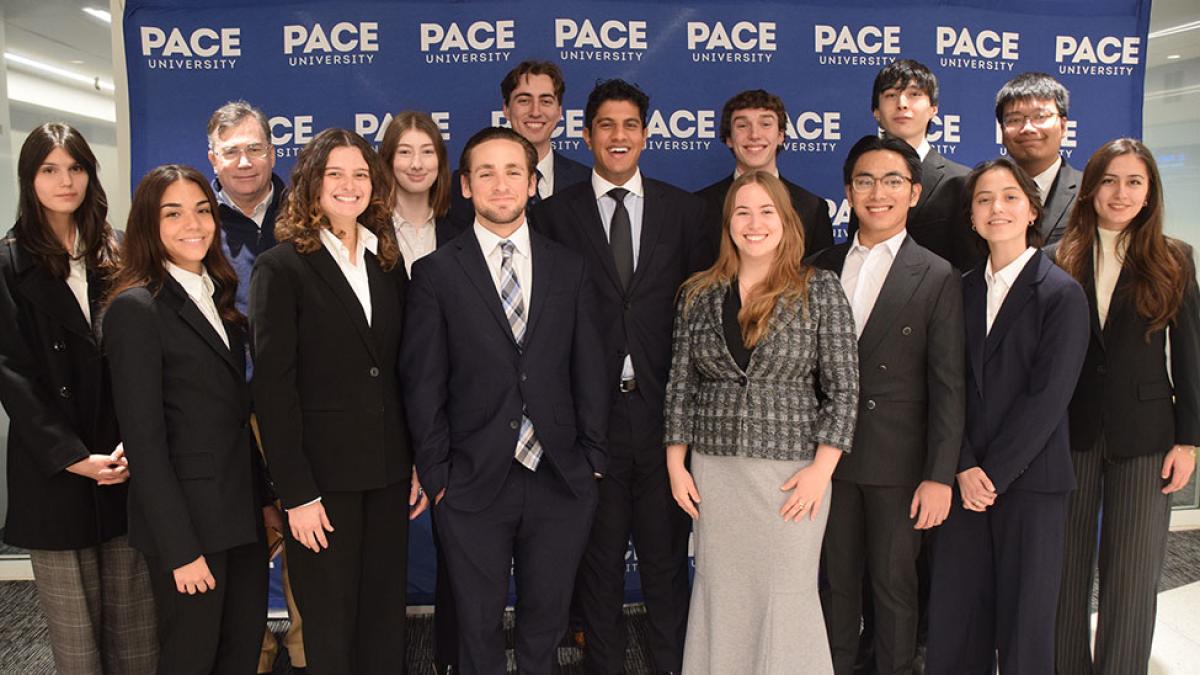For the sixth time since 2014, Pace University’s Economics students have claimed the national title at the College Federal Reserve Challenge—continuing a legacy of excellence built on rigorous preparation, teamwork, and real-world economic analysis.
Dyson and Seidenberg Launch New Computational Economics Major
Beginning in Fall 2023, Pace University will offer a new Bachelor’s of Science in Computational Economics, housed in the Dyson College of Arts and Sciences in collaboration with the Seidenberg School of Computer Science and Information Systems and offered on both the New York City and Westchester campuses.
This interdisciplinary program will empower students to answer economic questions and inform business practices using computer science and information technology, including focuses on programming, big data, artificial intelligence, machine learning, and econometrics. Students will learn to code fluently and manage large datasets using R, Python, and SQL, and take courses such as Economic Data Analysis, Applied AI with Deep Learning, and Econometrics: Models and Organizations.
Quantitative strategies and data analytics are skills that are in high demand in today’s workplace. According to Burning Glass in 2022, employment in data analysis and mathematics is expected to grow 27.61 percent while jobs that utilize Python skills are expected to grow by 48.02 percent. Potential career paths for students with a degree in computational economics can include data scientist or data analyst, financial quantitative analyst, economist, chief information officer, business intelligence analyst and statistician.


